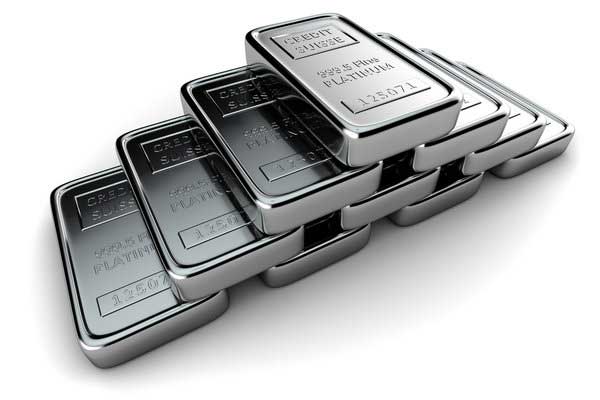Platinum, often overshadowed by its more popular counterparts, holds a rich history and a multitude of applications that extend far beyond mere adornment. From its discovery in ancient Egypt to its critical role in catalytic converters and cancer treatment, platinum has an enduring legacy that’s worth exploring. In this article, we delve into the fascinating world of platinum, uncovering its history, properties, and diverse uses.

Platinum’s Historical Significance:
Platinum’s allure as a symbol of prestige and achievement has spanned centuries. Its association with top-tier credit cards and exclusive memberships is a testament to its status. However, its significance goes much deeper than a status symbol.
Platinum’s roots trace back to the Spanish conquistadors, who initially dismissed it as “little silver.” This precious metal belongs to the platinum group metals, which include iridium, osmium, palladium, rhodium, and ruthenium. Platinum’s unique properties set it apart—it boasts stability at high temperatures, resistance to corrosion, and remarkable electrical properties.
The name “platinum” itself derives from “platina,” a term coined by the Spanish conquistadors who misunderstood its value. They believed it to be an impediment to gold mining, a young gold that would mature with time. However, platinum’s true potential would soon be revealed.
Platinum’s Discovery and Characteristics:
Platinum is rarely found in isolation. It often coexists with other metals like gold, copper, iron, and nickel. Recognizing platinum can be challenging, as its initial appearance is unassuming—dull gray or black nuggets with remarkable weight. Presence of iron in the alloy adds a slight magnetic quality.
Ancient indigenous peoples in Ecuador were among the first to craft platinum jewelry, showcasing their remarkable metallurgical skills. The process involved coating platinum fragments with gold dust, sintering them through heating, and forging them into intricate pieces.
Platinum’s resilience to scratches and wear, along with its strength, has made it a preferred choice for jewelry throughout history. Its exceptional catalytic properties have also made it indispensable in modern applications.
Platinum’s Modern Applications:
Today, platinum plays a pivotal role in various industries. It is a key component in catalytic converters, reducing vehicle emissions and enhancing air quality. These converters alone account for 50% of platinum demand annually.
Its high melting point makes it crucial for laboratory use, serving as electrodes, crucibles, and dishes for high-temperature experiments. Platinum catalyzes the production of chemicals like nitric acid, benzene, and silicone. It even contributes to the efficiency of fuel cells, electrical contacts, and sparking points.
Platinum’s versatility extends to electronics, optics, dental applications, and its vital role in the creation of chemotherapy drugs for cancer treatment.
The Mining of Platinum:
Platinum’s rarity often means it’s found alongside other metals. While pure platinum deposits exist, they are exceptions. Early mining methods included placer mining, similar to gold mining, where platinum particles accumulate in alluvial sands.
Most platinum mining today occurs underground, involving explosives and extraction techniques similar to other metal deposits. South Africa dominates platinum production, accounting for 80% of global output.
The Journey of Discovery:
The story of platinum’s recognition is as captivating as the metal itself. Antonio de Uloa, a Spanish frigate lieutenant, embarked on an expedition to Ecuador that would forever change his life. His encounters with platinum, including a daring escape from English privateers, led to its recognition.
Antonio’s travels and observations laid the groundwork for platinum’s eventual acknowledgment in the scientific world. H.T. Scheffer, a mathematician and chemist, further explored platinum’s properties and potential applications.
Platinum’s Ongoing Relevance:
In the face of the electric vehicle revolution, platinum’s role in traditional catalytic converters may seem at risk. However, future demand for auto-catalysts is expected to rise due to emissions regulations, and platinum will play a vital role in hydrogen-powered fuel cell vehicles.
Platinum also contributes to off-grid power solutions and remote area electrification, making it essential for sustainable energy access.
Conclusion:
Platinum’s journey from obscurity to indispensability is a testament to its enduring significance. It’s a metal that marries prestige with practicality, leaving an indelible mark on our world. As we continue to extract and utilize platinum, its importance to modern civilization remains unwavering. Explore more fascinating aspects of commodities and natural resources with Commodity Culture—subscribe for the latest episodes.
In this article, we’ve covered the history, characteristics, and diverse applications of platinum, all derived from the provided transcript without adding any additional information.
